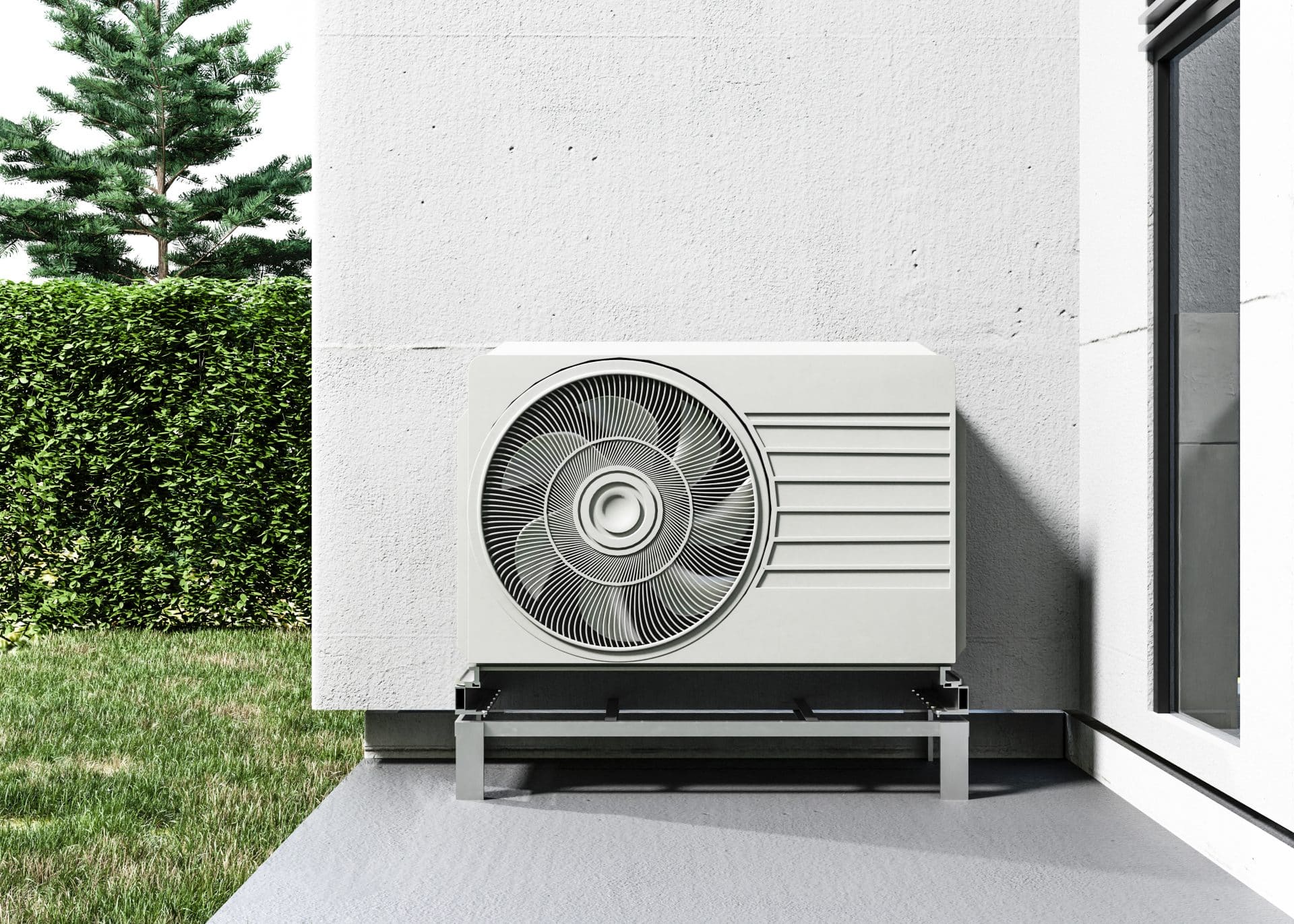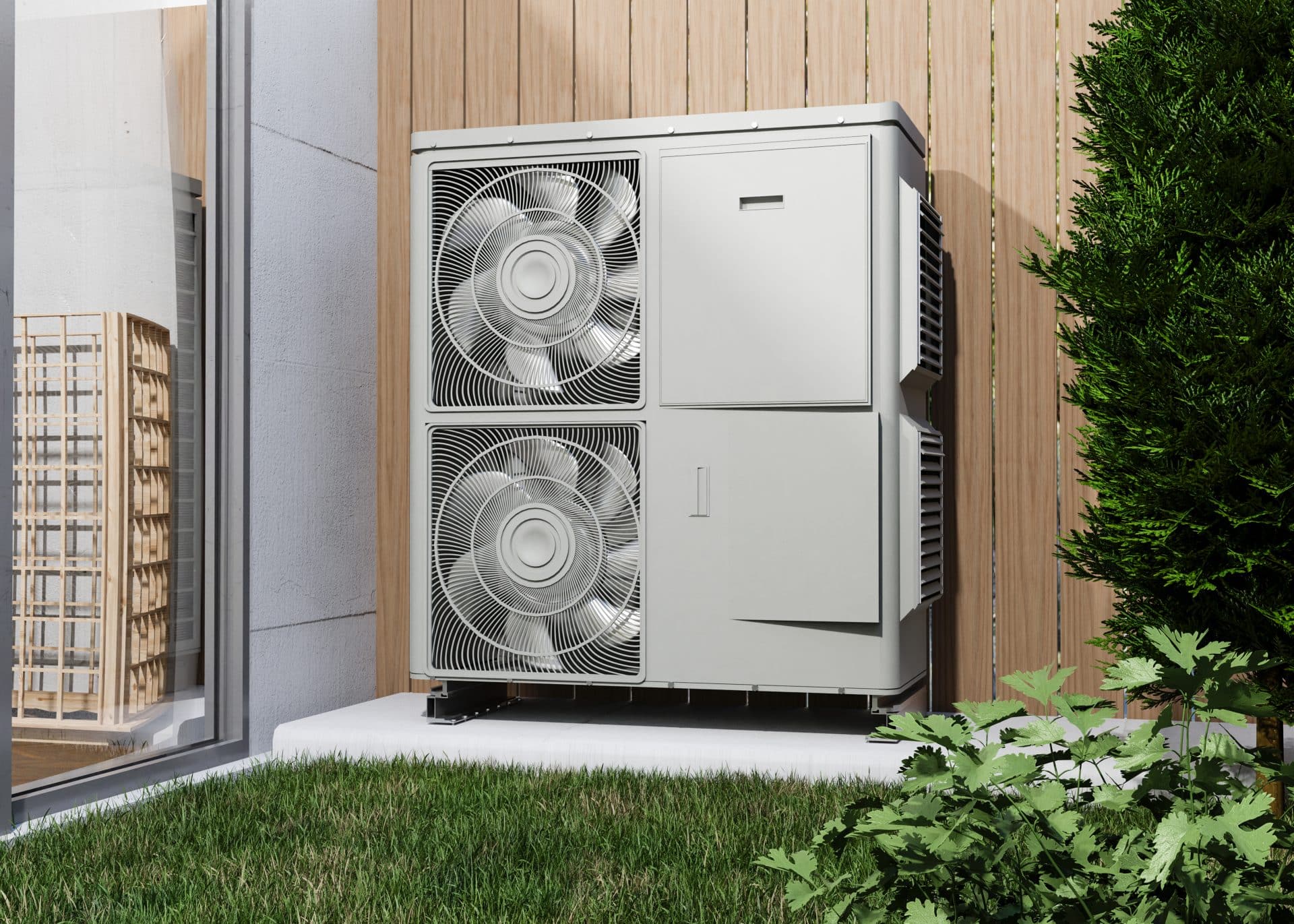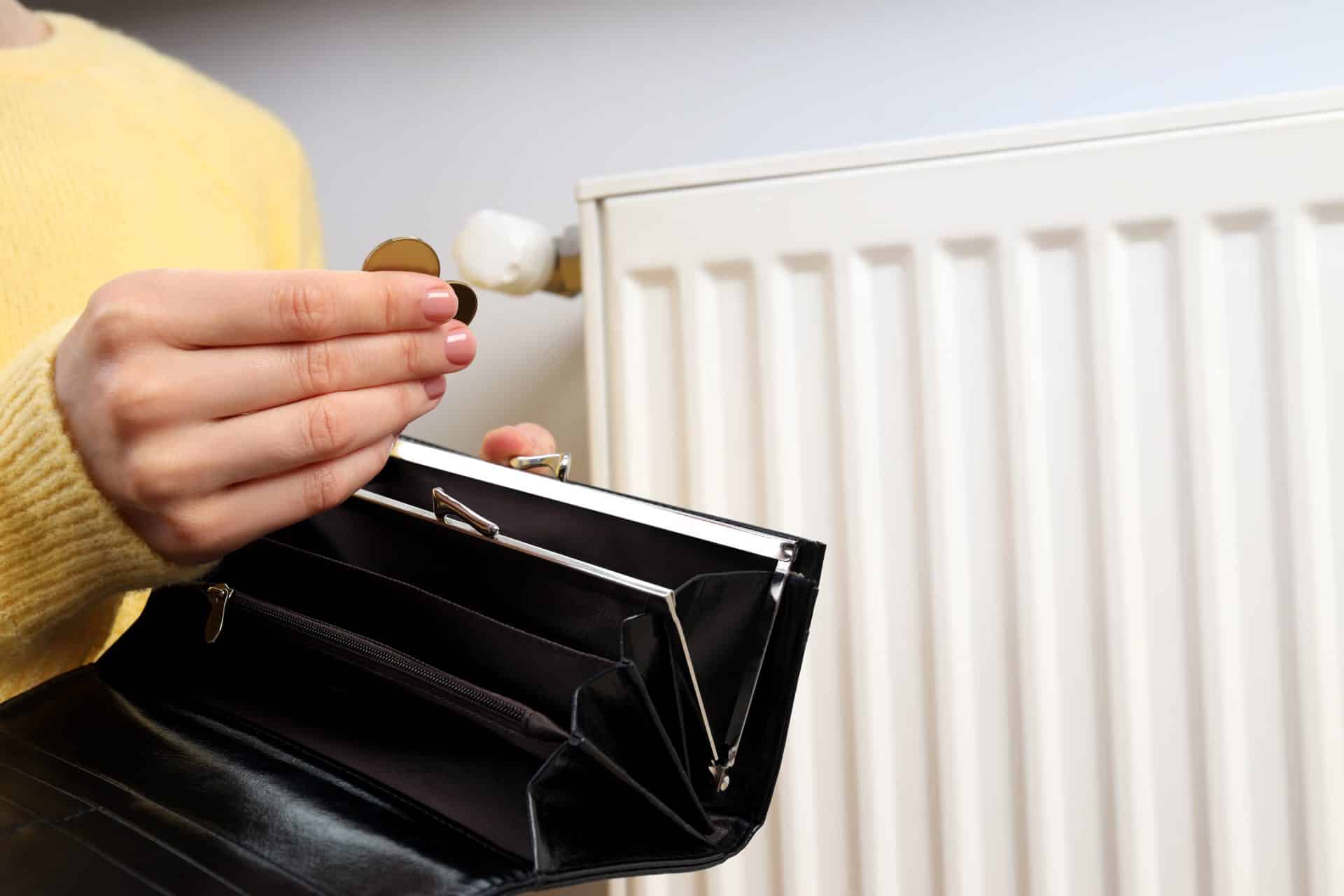Air source heat pumps are an efficient way to heat your home in the winter. They use outside air to generate and circulate hot air, which can be used to heat or cool your home.
Air source heat pumps work better in cold climates than traditional central heating systems because they don't waste energy by producing too much heat for use during the day when it's not needed.

If you're looking to heat your home in winter, air-source heat pumps are the most efficient option. They use electricity from the grid or solar power to create warm air that enters through windows and vents around your house. This process is called convection heating because it relies on hot air rising up through ducts and vents into rooms where people spend time.
Gas boilers are second best because they also use gas as fuel, but they offer less efficiency than electric or even solar-powered heaters when compared with other types of heating systems (such as furnaces).
Electric space heaters are less efficient still: they consume more electricity than other types of heating systems while providing less warmth per unit of energy used.
An air-source heat pump is a device that extracts heat from the air outside and transfers it into your home. In winter, this means using electricity to power a fan that creates a vacuum, which draws warm air in through ducts and vents around your house. The cold outside air then cools as it enters your home and exits through those same vents.
The process works like this:
Heat pumps are more efficient than other heating systems. In fact, they can be up to 50% more efficient as long as you’re using the right configuration for your home and climate.
The most common types of heat pumps include:

Air-source heat pumps are a great option for your home in the winter. They operate at low temperatures and can be installed in a variety of locations, making them versatile. They also don't require a boiler, so they're much more efficient than traditional warm air systems.
The only downside to an air source heat pump is that it may take longer to heat up than other types of heating systems.
An air source heat pump system can help you save money in a number of ways. First, it will be able to provide more efficient heating by using less electricity and maintaining lower temperatures. This means that you won’t have to run your central heating as often or heat your house as much during the winter months.
Secondly, an air source heat pump system is one of the most energy-efficient options available on the market today—and they’re getting even better. As technology improves over time, so do our options for reducing our carbon footprint while still enjoying the comfort at home during those cold winter months!
Thirdly (and finally), once installed correctly by professionals who know what they're doing, you'll see a return on investment within 3-5 years, depending on where you live/work/play, etcetera.
If you want to install an air source heat pump, there are a number of grants available from the government and local authorities. The interest rate on these loans may be higher than that on a personal loan, but they do offer more security.
Check our article about the Boiler Upgrade Scheme, which provides you with all the necessary information.
Air source heat pumps are the most common type of heat pump. They work by circulating warm air through an underground loop or tube that's chilled, then extracted from the ground for use in your home. The ground source heat pump is a similar concept but uses frozen water to improve efficiency.
Ground-source heat pumps rely on buried pipes to transfer hot water from surrounding soil directly into your home's system rather than relying on outdoor air temperatures as with air-source models (which can be more expensive).

Heat pumps are an energy-efficient way to keep your home warm and reduce energy bills. They can be used in both heating and cooling modes, meaning that you can choose how much heat is needed for the room or how much cool air is needed to make it comfortable.
Heat pumps work by using a small amount of electricity from the grid and generating their own power through a series of fans, which generate hot air and cold water at the same time. This makes them more efficient than other forms of heating such as electric radiators or radiators with thermostats attached to them (e.g., forced hot water systems).
